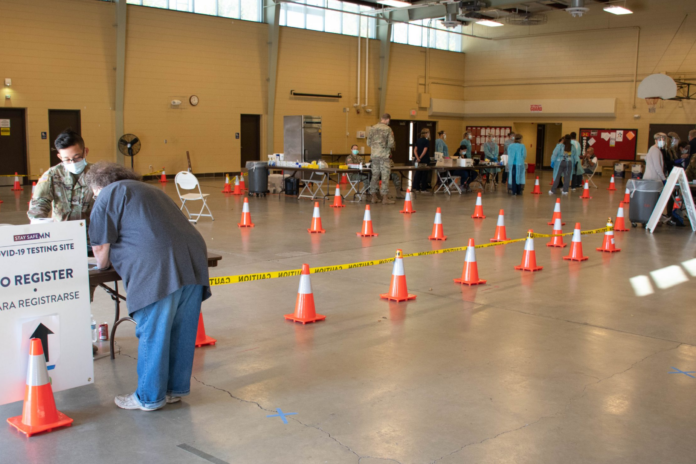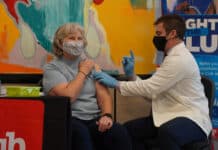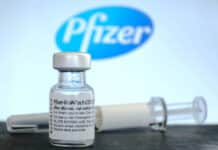During a COVID-19 briefing with Minnesota Department of Health officials Tuesday, it was revealed that genetic sequencing, the method of identifying variant cases, is performed more heavily in areas with detected clusters of variants.
State Epidemiologist and Medical Director Dr. Ruth Lynfield said on the call that additional sequencing is done when a “high attack rate” is suspected in a specific area.
“We sequence when we detect clusters that are of concern, especially if it seems like there is a high attack rate,” Lynfield said.
In particular, the B117 variant that was first discovered in the UK is a prevalent variant in Minnesota right now. According to Lynfield, 479 cases of B117 have been identified, and 5% of those identified have been hospitalized.
Youth are the “leading edge of the spread of variants,” Lynfield said, and have a “higher attack rate” than other groups.
In other words, variants are more infectious and are more easily spread by youth, according to Lynfield.
This “higher attack rate” is documented in “the outbreaks that we are seeing associated with youth athletes, as well as in the classroom and spread amongst daycares,” said Lynfield.
Sequencing is also performed in cases of international travelers, breakthrough cases (COVID cases in people who are fully vaccinated), and in random cases.
Earlier this month, MDH recommended that all youth sports in Carver County take a two-week pause after detecting a “rapidly growing outbreak” in variant cases across the county. As a result, at least four high schools suspended athletics, with the exception of varsity teams.
Health officials have confirmed just 24 cases of the B117 variant in the county since Jan. 28, all occurring in “athletes, coaches, students, and household contacts.” Additionally, 18 standard cases were linked to a B117 case, and 26 standard cases were confirmed to come from the variant.
A press release from MDH said this had been confirmed “through recently completed whole genome sequencing of a portion of the sample specimens from the outbreak cases.”
“The variants circulating now present added risk that we may see another surge in cases, and we need everyone to do their part to prevent that from happening,” Health Commissioner Jan Malcolm said.
Days after MDH urged a pause on youth sports in Carver County, a pop-up saliva testing site was opened in response to the detected outbreak. The news release announcing the opening of the site said 84 cases of COVID-19 were linked to youth sports, compared to 68 cases three days before.
A saliva testing site was opened in St. Louis County as well in mid-March in response to the city of Aurora being a “COVID-19 hotspot,” according to MDH.
“We are increasingly concerned about dramatic increases in cases, particularly in St. Louis County. Right now, Aurora is at the heart of this COVID-19 hotspot, which is spreading to neighboring counties,” said Dan Huff, MDH assistant commissioner.
On the March 23 COVID briefing call, Lynfield was asked how MDH decides where to place pop-up testing sites like the ones in St. Louis County and Carver County, to which she responded, whenever “we detect clusters that are of concern.”

















